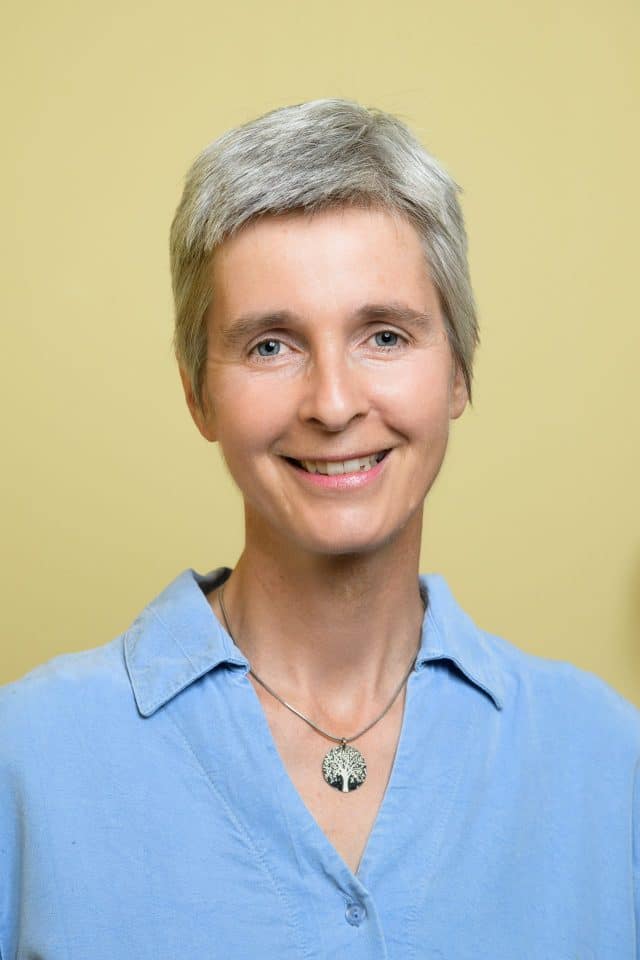
More Mental Health Articles
Restore Human Dignity: Feldenkrais For Children With Special Needs
Your child is born and there is joy, maybe some fear about doing it right and lots of expectations. Then you get the news: your child will have special needs. Most parents react with shock and grieve. You realize you have to reorganize your life a lot more than you planned. You might get overwhelmed with lots of medical treatments and diagnosis, or you know there is something different but there is no name for it yet.
Our natural reaction is: “I want to have it fixed.”
So there are things that can be fixed and corrected, like a broken bone or a valve in a heart or a car or a kitchen cabinet. A child however is a living and feeling being that is learning daily from experiences: it is a “work in progress” with a mind of his/her own, self-healing abilities if we provide the environment and cues for healing and growing. And most of all: he/she has the capacity to learn and develop. And when you watch kids: they want to figure things out and constantly look for opportunities to move and think and understand who they are in the world. Regardless of special needs, anybody has a brain that must be actively involved and challenged to create new connections, so the child can learn to overcome limitations.
Instead of “fixing”, we need to “connect”, says Anat Baniel, a Feldenkrais practitioner who calls her work ABM (Anat Baniel Method). In her book “Kids Beyond Limits” she explains why attention, variation, enthusiasm, imagination, awareness, going slow, being gentle, allowing to learn and being flexible are essential ingredients for anybody and even more for a special need child to have a skillful and joyous life in dignity.
To connect and help a human being to organize, offering him/herself is the core of all Feldenkrais work. Created by Dr. Moshe Feldenkrais, Feldenkrais practitioners work hands on and with verbal instructions. They implement the newest neuroplasticity research and often look at the emotional and social aspects of movement and development. The goal is to create opportunities, so a child (or an adult) can discover how to move more efficiently or easily or as a baby learns to do a movement for the very first time with pleasure.
Feldenkrais practitioners do not start with what you cannot do. If your child could crawl, wouldn’t it? With joy and curiosity? Feldenkrais work might start with movements like supporting the toddler to shift weight in familiar but also novel ways. The child then might take over and continue that by him/herself. We might help the child do a lot of random movements that were not possible in his/her first months because of surgeries or feeding tubes or other life necessary interventions. The child discovers: “this is fun. I want more.”
To really help a child, we have to rely on a child’s brain to make the necessary changes.
In the words of a mom of a child with cerebral palsy:
“I will never forget one particular day when the Feldenkrais practitioner was focused on my son’s heels. He started out with the typical stiff, high tone feet and floppy body. But as she moved through the lesson, his feet relaxed and flattened, his hips and then shoulders started moving independently of each other, and soon enough he started pushing up through his forearms to lift his head and trunk off the table! Dylan had never before gotten himself into that position. He knew his body was doing something special and he was incredibly proud of himself.”
When you book a lesson, look for a guild certified practitioner (GCFP) or a certified ABM practitioner to get the best quality treatment.

















